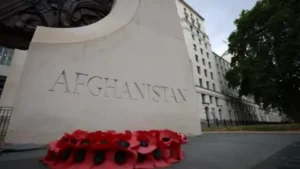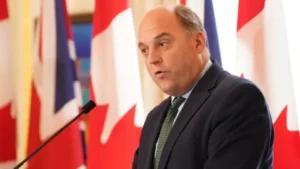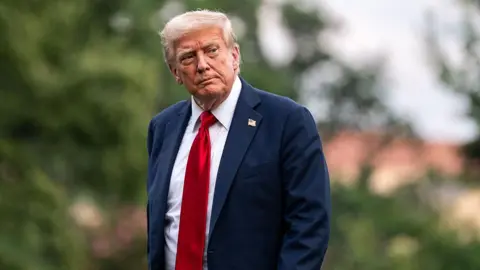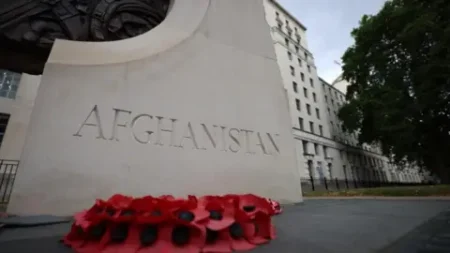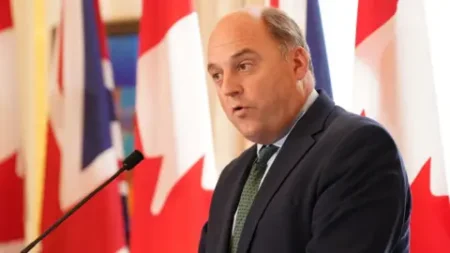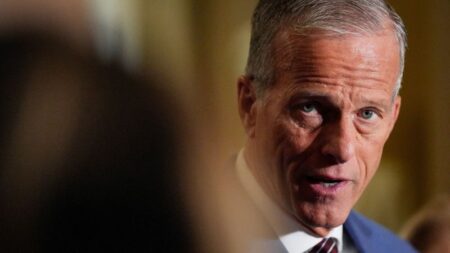In recent developments concerning the ongoing conflict between Ukraine and Russia, former President Donald Trump has made notable statements regarding Ukraine’s military strategy and its implications for U.S. foreign policy. On Tuesday, Trump asserted that Ukraine should refrain from launching strikes targeting Moscow, despite prior suggestions made to Ukrainian officials that the country might consider escalating its attacks against Russia. This revelation came in light of a report from the Financial Times, which indicated that during a discussion on July 4, Trump had encouraged Ukraine to intensify its offensive against Russia, contingent upon the U.S. providing long-range weaponry.
As the discourse surrounding the war escalates, the White House has stated that Trump’s inquiries to Ukrainian President Volodymyr Zelensky were not meant to promote violence but were merely questions posed in the context of exploring military options. The U.S. administration maintains that it is not actively endorsing an increase in Ukrainian strikes on Russian territory. However, the complexities of international relations in this context are palpable, with both military and diplomatic angles playing significant roles.
In the backdrop of these conversations, Trump has also publicly voiced his concerns regarding Russian President Vladimir Putin. He described himself as “disappointed” with the lack of progress in negotiations and stated outright, “I’m not done with him,” illustrating his ongoing engagement with the Russian leader in attempts to reach a peaceful resolution. Trump’s portrayal of himself as a dedicated mediator who seeks to foster dialogue is juxtaposed with the reality of ongoing conflict, as evidenced by the devastating results of Russian drone and missile attacks that have recently killed a significant number of civilians in Ukraine.
Additionally, Trump has outlined his plans for U.S. support to Ukraine, indicating a commitment to sending various military resources, including advanced weaponry. He announced that while a ceasefire with Russia has not yet been established, he is prepared to impose severe tariffs on Russia if diplomatic efforts do not result in a peaceful agreement within a specified 50-day period. These tariffs would extend to 100% secondary tariffs aimed at global partners of Russia.
Trump’s approach to the situation appears to be a blend of assertive rhetoric and a call for restraint, exemplifying the often-contradictory nature of political messaging during international crises. While he has hinted at a desire to assist Ukraine in its struggle against Russian aggression, he has simultaneously sought to temper expectations regarding the U.S. military’s direct involvement in the conflict—an illustration of the delicate balance leaders often must maintain in foreign policy.
The political landscape is interspersed with skepticism, especially from within the Republican party’s base, as many supporters express concerns regarding Trump’s strategies and overall approach to NATO and the arming of Ukraine. Key figures, including NATO Secretary General Mark Rutte, are poised to negotiate the specifics of U.S. military assistance to Ukraine, indicating a collaborative effort among Western allies in response to Russian maneuvers.
The complications inherent in the ongoing conflict highlight the unpredictable nature of global politics. Despite Trump’s earlier assertiveness in pushing for a greater offensive against Russia, his current stance suggests a pivot towards a more cautious strategy, emphasizing dialogue over direct military confrontation. This evolving situation underscores the challenges faced by leaders who must navigate domestic political pressures while addressing pressing international crises.
Ultimately, Trump’s remarks, specifically his caution against Ukraine striking key Russian cities, juxtaposed with his promise to support Ukraine militarily, reveal the complexities surrounding U.S. involvement in the Ukraine conflict. This situation continues to be fluid, shaped by interactions between leaders, the realities on the ground in Ukraine, and the broader geopolitical implications of their decisions. As the conflict progresses, close attention will be required to understand the ramifications of Trump’s stated positions and their effect on both Ukrainian and Russian strategies moving forward.

